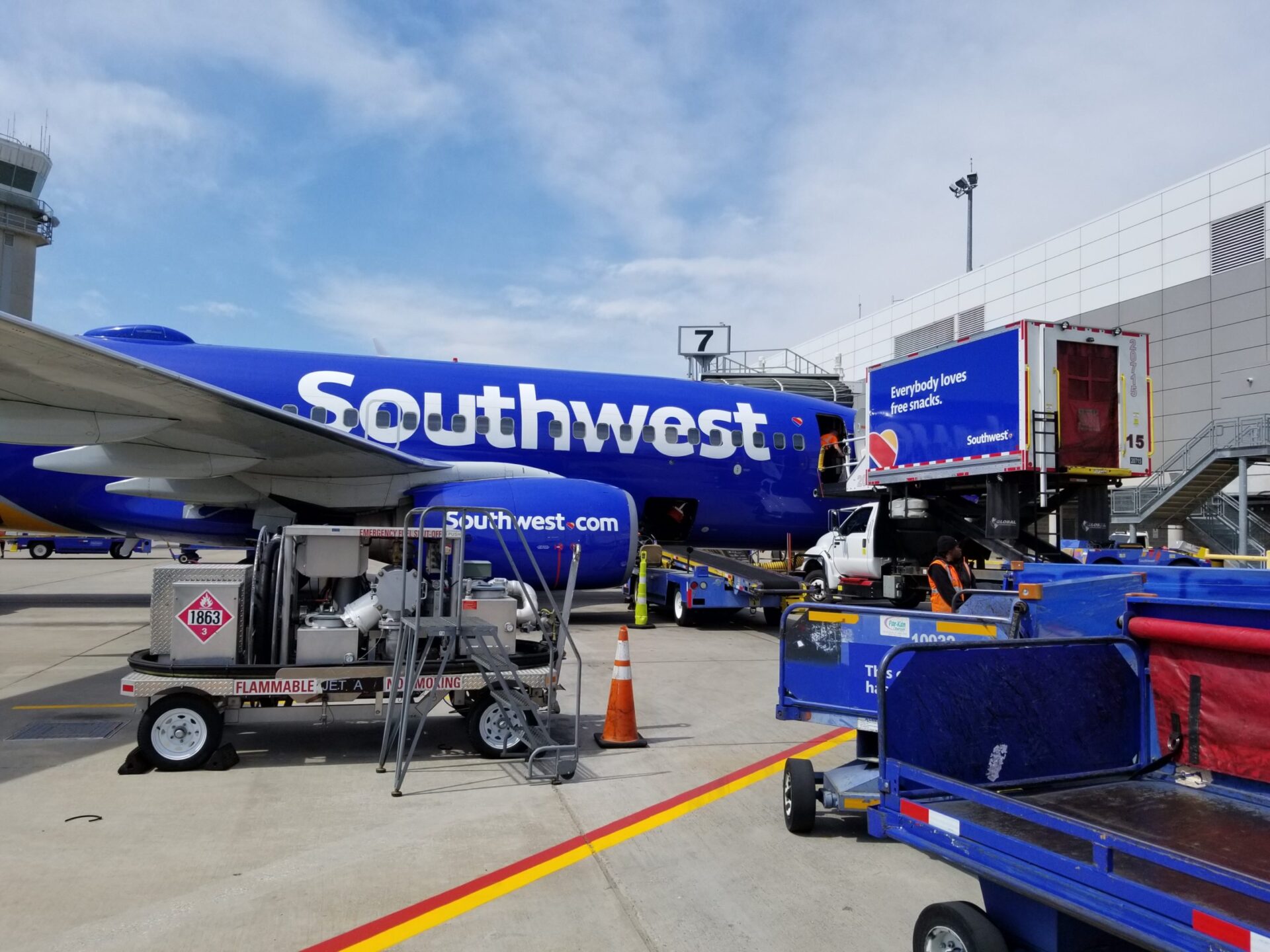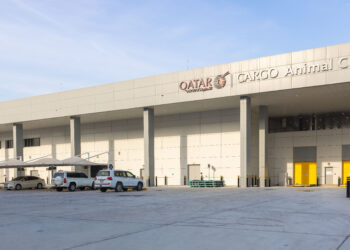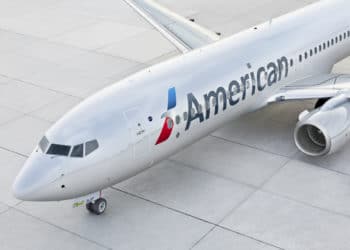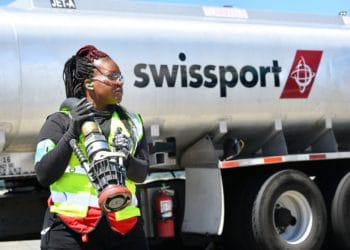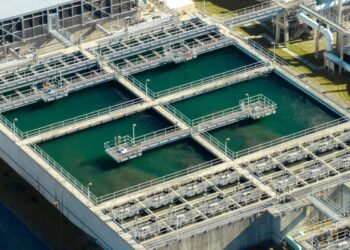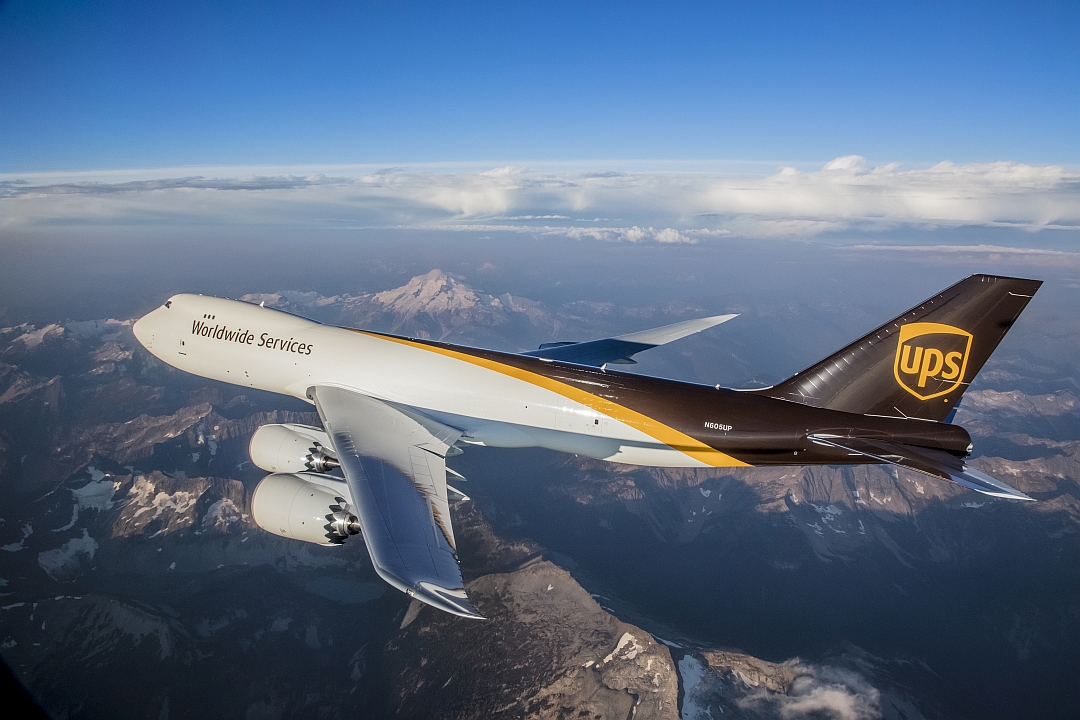No products in the cart.
Emirates optimizes DXB-KBL route capacity with new strategy
For some routes, the appearance of clouds can determine how much cargo you can fly. That had been the case for Dubai-based Emirates Airlines for its flights to Kabul International Airport (KBL).
However, by finding a way around its previous safety procedure of returning to Dubai (DXB) to temporarily offload cargo in the event of poor visibility, the carrier has optimized its DXB-KBL route and reduced costs and inefficiency.
KBL’s high elevation of 5,800 feet above sea level and the surrounding mountainous terrain can make the airport challenging to navigate for inbound pilots. The airport’s Runway 29 has two established missed-approach procedures – one of them requiring an aircraft be able to climb at a steep angle when cloud cover is lower than 1,200 feet.
Previously, when weather reports predicted cloud cover below that level, Emirates would resort to stopping back in Dubai and offloading cargo to wait for conditions to improve. This strategy ensured safety but caused delays and higher costs for both the airline and the shipper.
The new approach, utilizing a 777 aircraft, allows for an “easier climb gradient,” creating “superior navigational accuracy.” The strategy was tested by flight simulators before the pilots were trained.
The technique has been employed for three months, enabling it to avoid the offloading procedure, which has resulted in a 250-tonne increase in capacity into Kabul during low-cloud conditions.

